Composting made stylish – the chicest ways to compost without ruining your yard this fall, with tips from a sustainability expert
A compost heap can easily turn into an eyesore, but this advice will help you keep yours in check
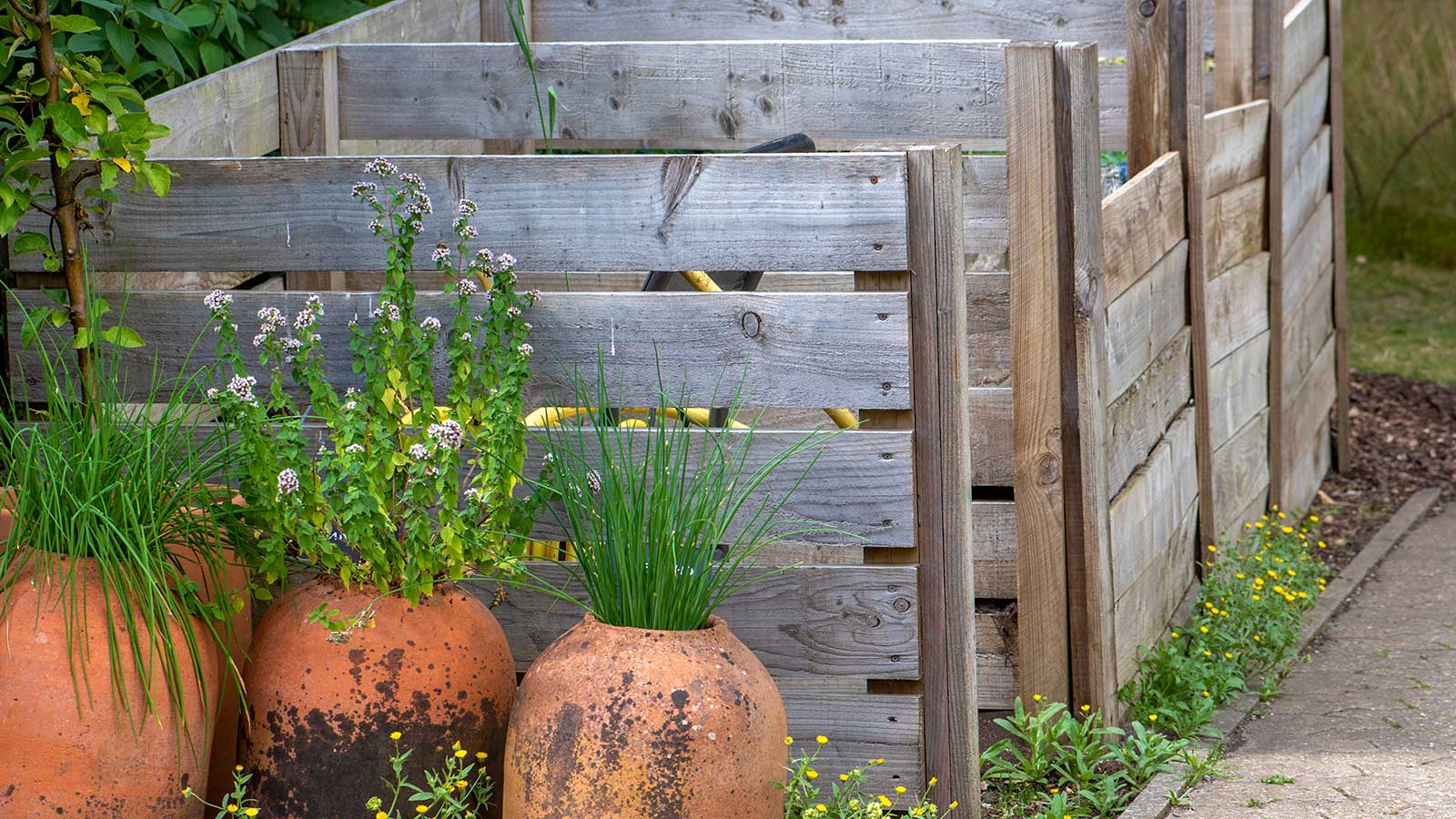

We all know how beneficial compost is for the garden, and making it yourself is a great way to reduce costs and recycle kitchen scraps and other waste. However, an unruly, decomposing heap isn't the prettiest of backyard features, and can spoil the overall look of your space. Even shop-bought, plastic bins can be a little unsightly – or at least, not add much in the way of aesthetic appeal.
Don't let that put you off the idea of homemade compost, though. With a touch of know-how, there are ways to give it a go and garden more sustainably without sacrificing on style.
Below, you'll find plenty of ideas to give composting a glow-up in your garden, including expert tips. From personalized designs and compact units to using clever screening, something in this mix should help to inspire you.
1. Match the surroundings for a cohesive look
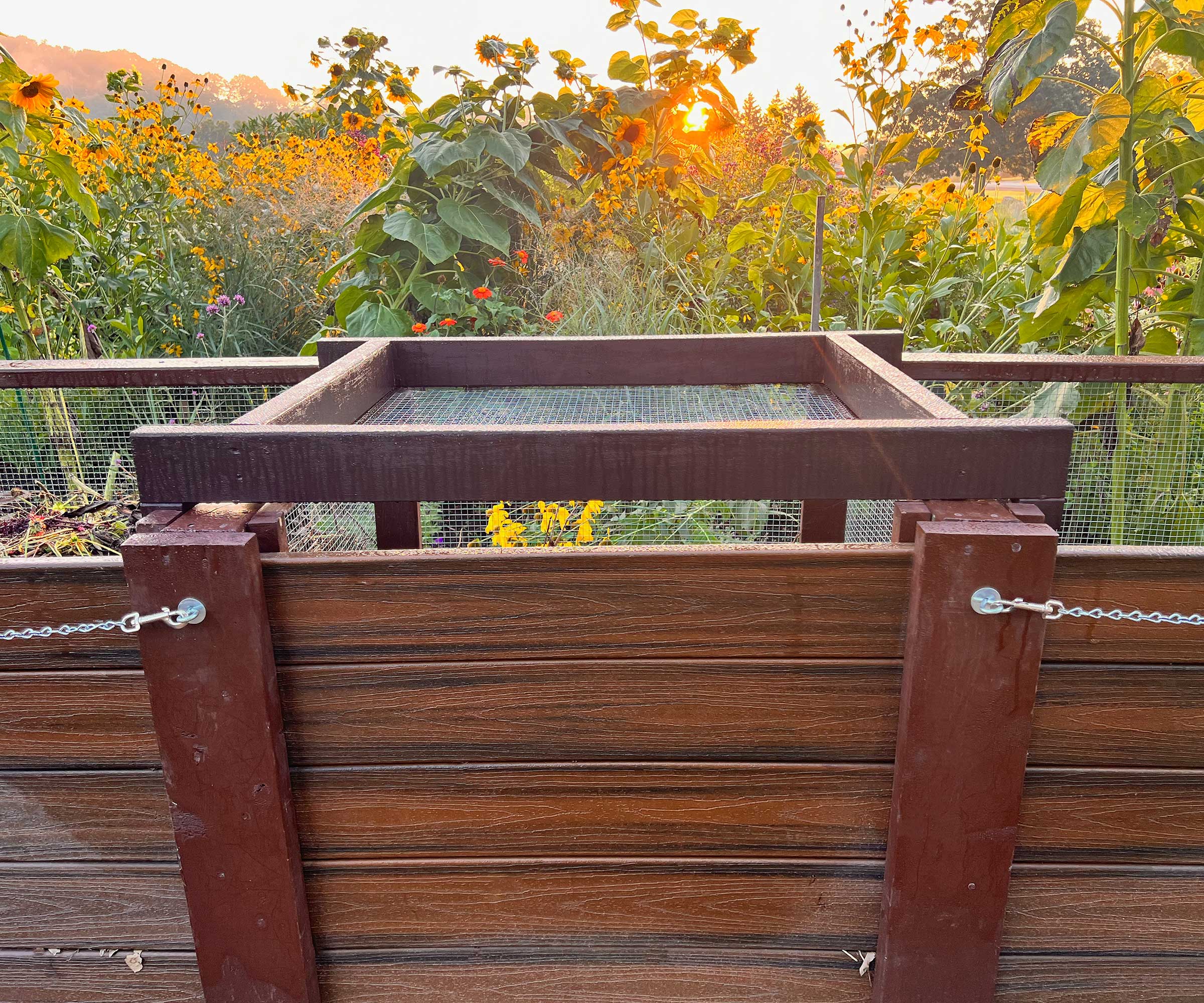
Lynne Lambourne, Gardena sustainability ambassador, says, 'We have all seen pallets used for compost bins, and this is an easy and affordable way to create an area where the garden waste is contained. However, with a bit of creativity, we can do better than that, as sometimes this aesthetic can be too rustic.'
Lynne recommends using materials that match your garden's aesthetic to build a surround for your compost area – think woods, metals, or finishes that echo nearby structures such as fences or sheds. For instance, if your garden uses a lot of cedar, slate, or gray wood, she suggests making the compost bin from similar wood, or staining or painting pallets to match and give a cohesive look.
Like when building raised garden beds, use wood that hasn't been chemically treated to build a DIY compost bin. And if you want to paint or stain it, best to do this to the exterior only, to prevent any interference with the composting material inside. Look for a product that's eco-friendly and suitable for outdoor use, like the Eco Wood Treatment in 'Silvery Patina' available from Amazon.
You could also consider using steel or galvanized bins, powder‐coated metal, or cedar 'box' bins with clean lines; 'These can look more polished,' Lynne notes.
Design expertise in your inbox – from inspiring decorating ideas and beautiful celebrity homes to practical gardening advice and shopping round-ups.

Gardena ambassador and warrior on waste, Lynne Lambourne, inspires sustainable living through her gardening. She teaches people to rethink their garden spaces, including using their gardens to grow their own food and increase biodiversity.
2. Consider adding compartments and lids
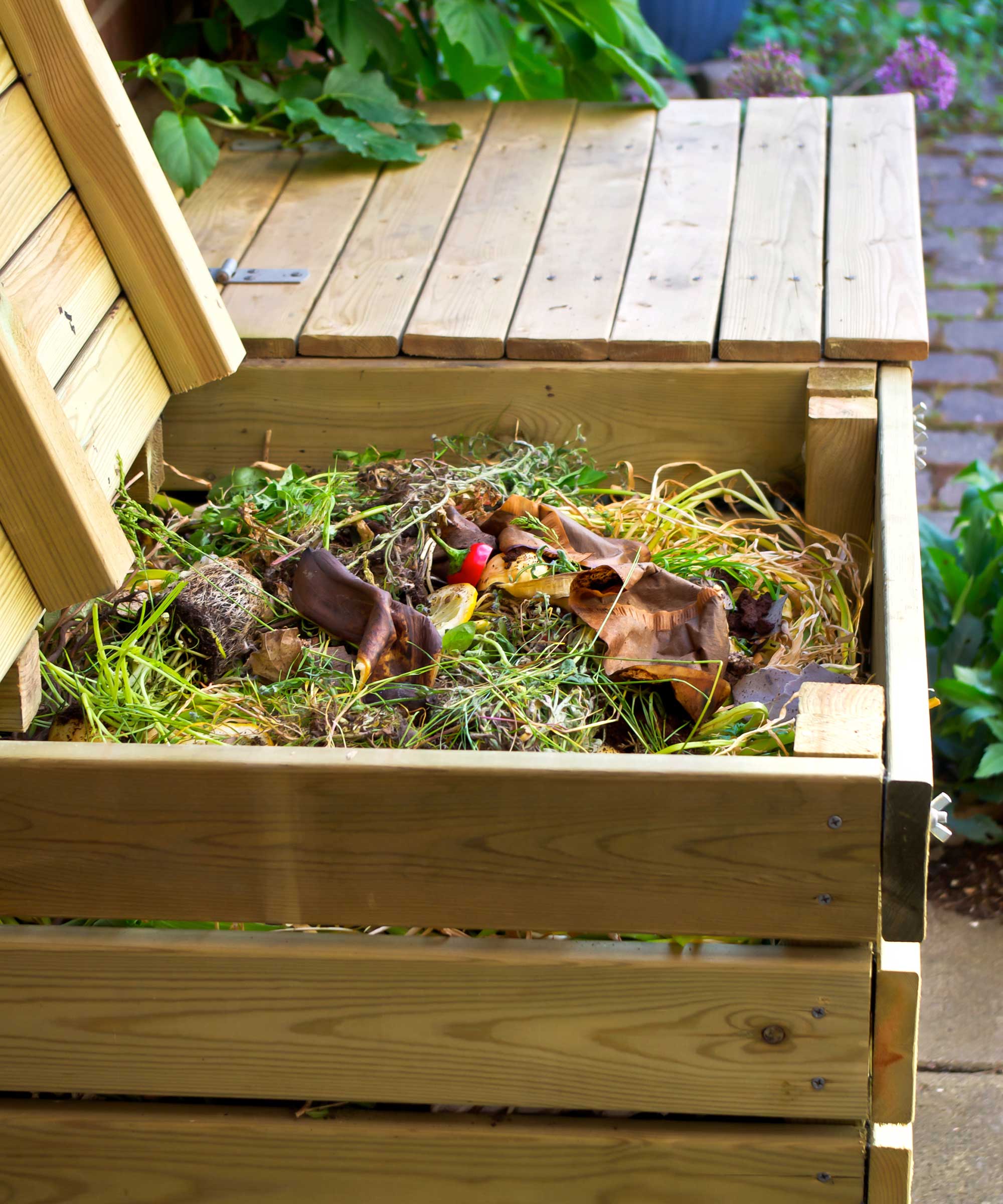
'Having a front door or hinged gate (as many pallet designs do) helps with access and looks tidier,' says Lynne. She also notes how a lid keeps rain off and makes it look more like a piece of furniture.
If you're looking for something pre-made, this 95-gallon wooden composter from Amazon has a hinged door and flip-top lid and is at a relatively budget-friendly price. Do note, however, that you need to assemble it yourself.
For larger spaces, you could also consider designing with compartments or bays – another suggestion from Lynne. One bay can be for new material, one for partially composted material, and one for compost that's ready to use. 'The separation adds structure and gives a more “garden-feature” look,' she says.
3. Opt for hot composting or worm farms for small yards
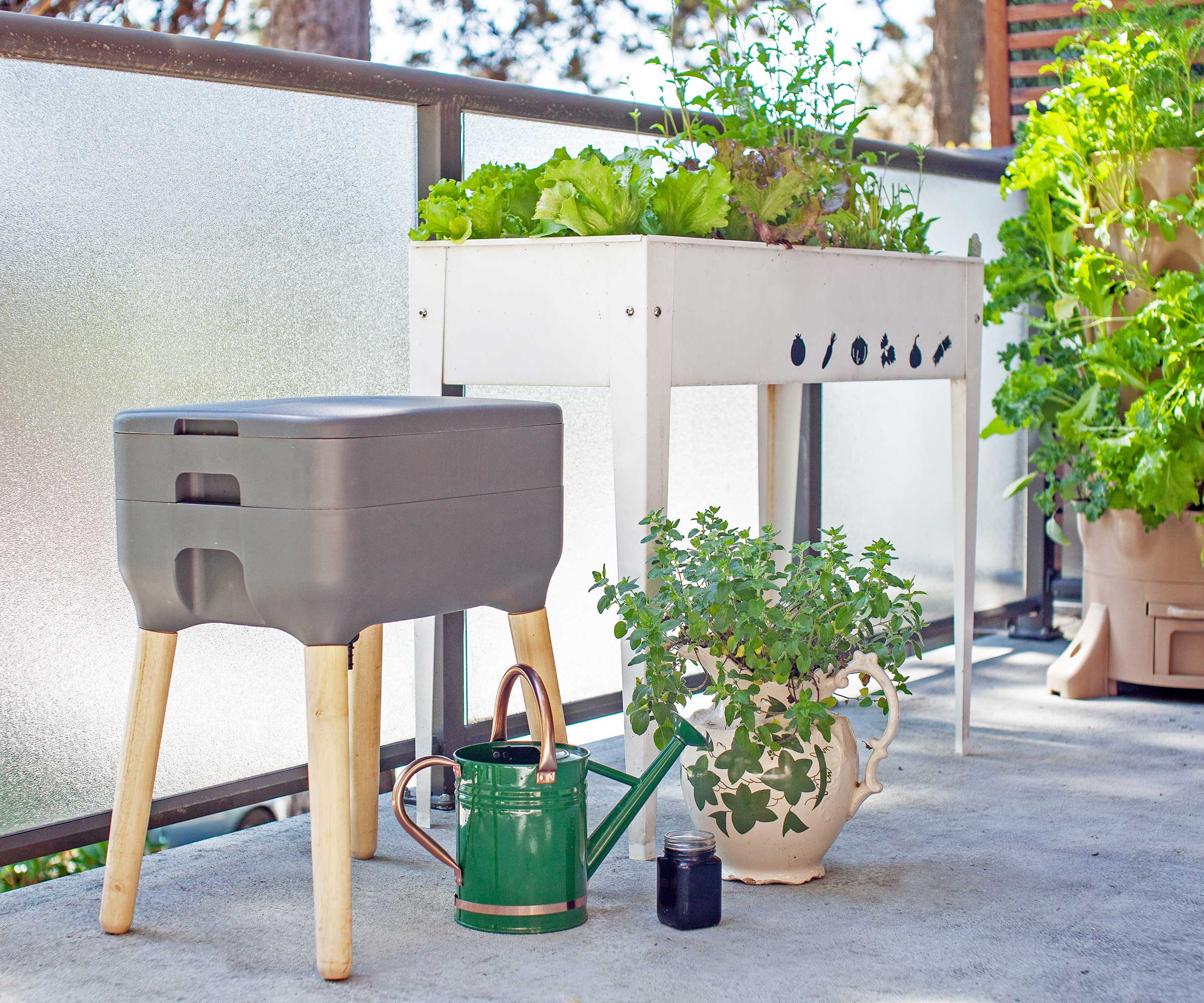
Small spaces needn't miss out on the magic of homemade compost. Hot composting and worm composting designs tend to be compact (some, such as The Essential Living Composter from FCMP Outdoor at Amazon, are even designed for indoors). Plus, they speed up the composting process, compared to the traditional method.
Lynne strongly recommends using a HotBin – 'It turns waste faster (heat helps), is neater, and gives a more refined look than a loose heap. It’s slicker visually, more contained, more “neat garden” friendly. I have one, and it takes up hardly any space and looks fabulous.'
Interested in a wormery instead? This bin from Blütezeit has been awarded Amazon's Choice, with five-tray or three-tray options available in three different color ways.
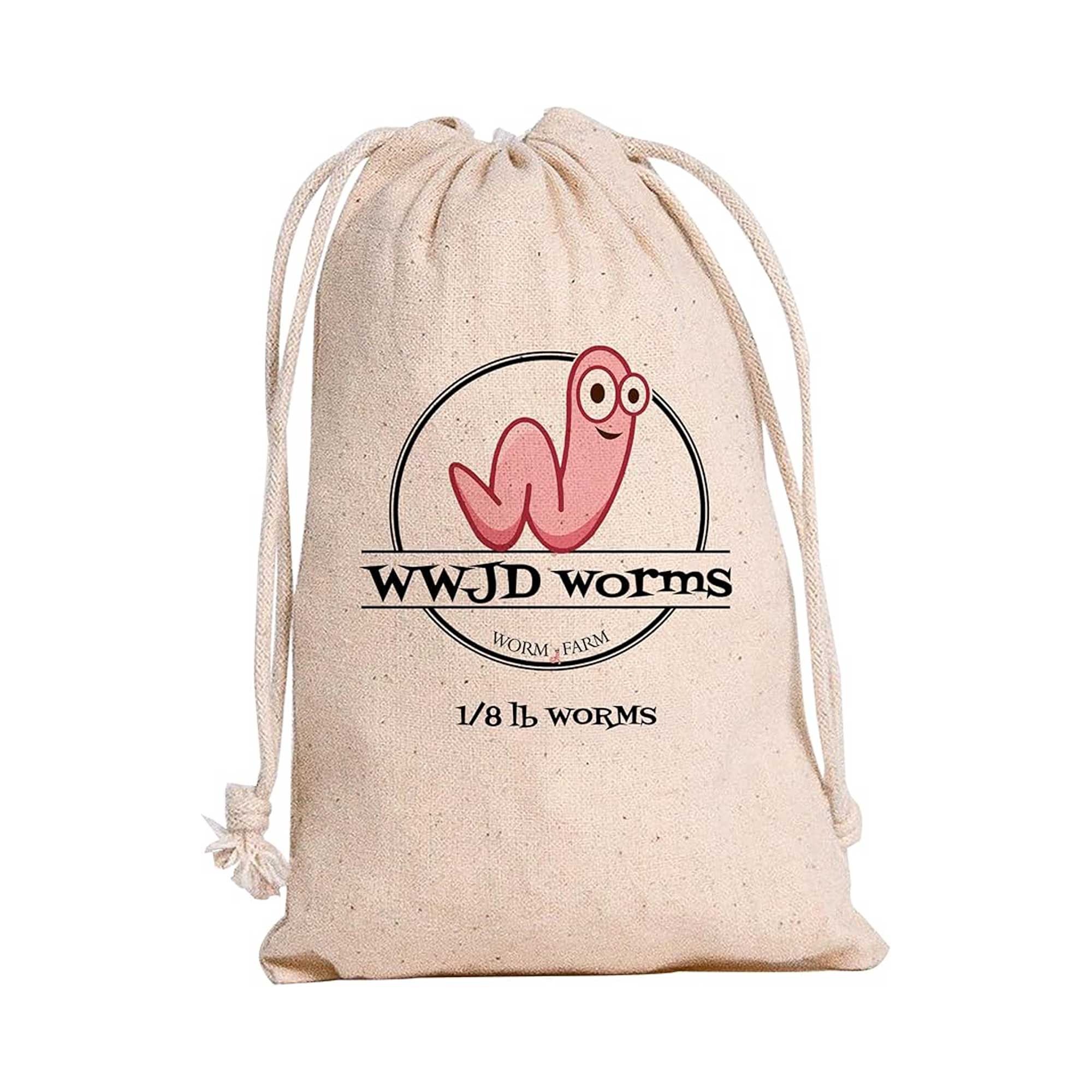
What's a wormery without the worms? These ones are adaptable to a range of conditions and available in packs from 150 to 2,000.
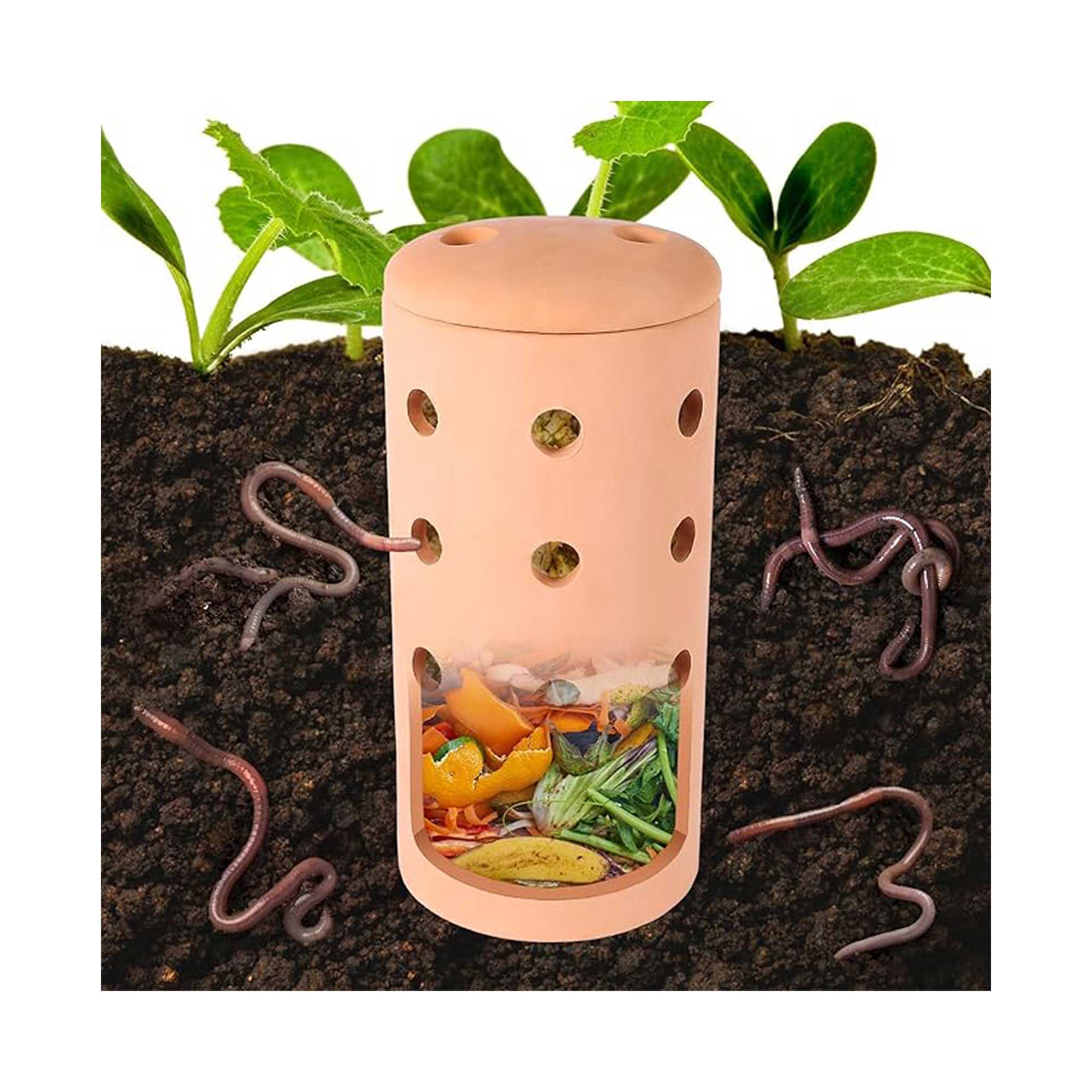
Keep composting (almost) out of sight with these ceramic worm farms that get to work underground – perfect for smaller backyards.
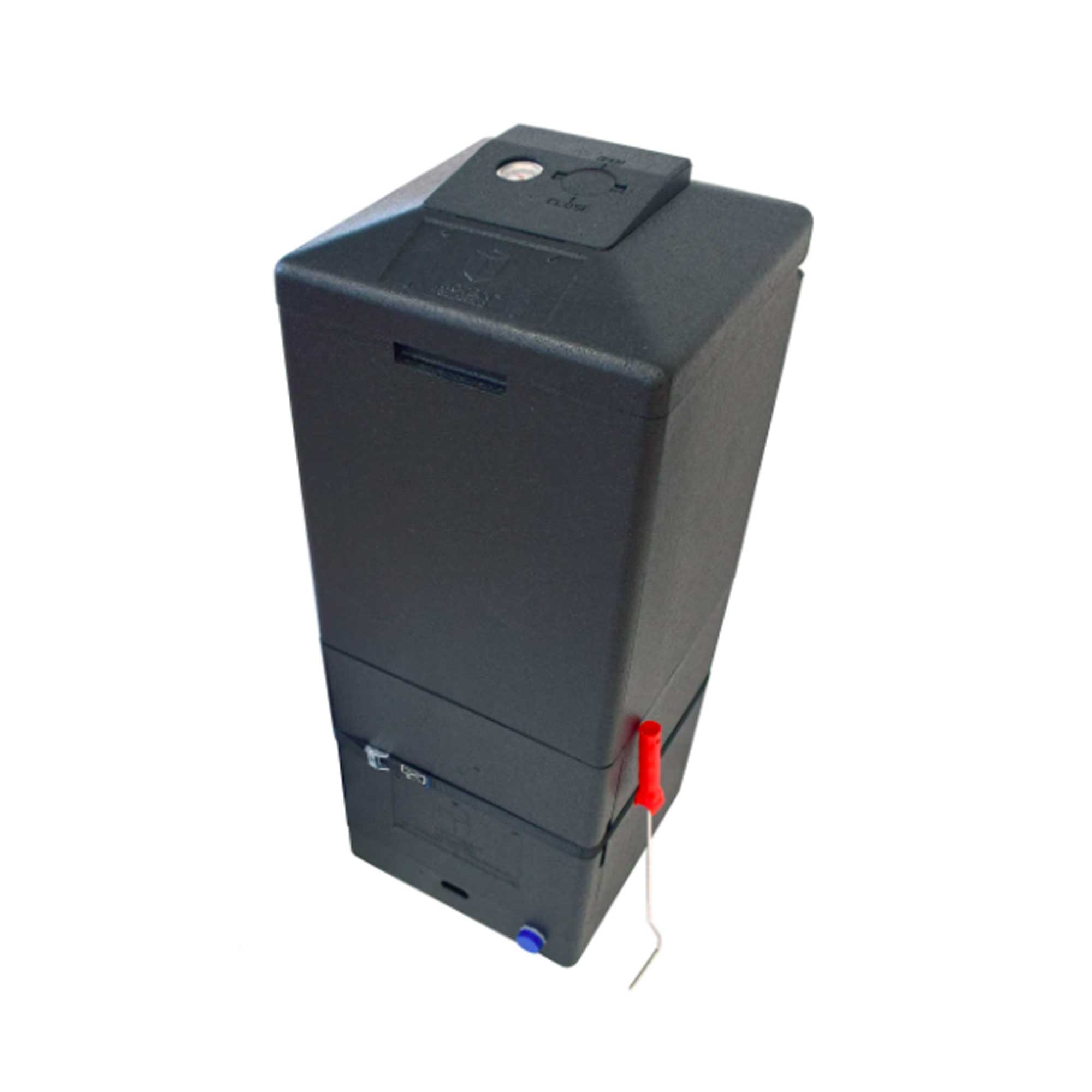
An award-winning, odor-resistant product complete with a lid, that produces compost for your yard in as little as 30 to 90 days.
4. Add finishing touches
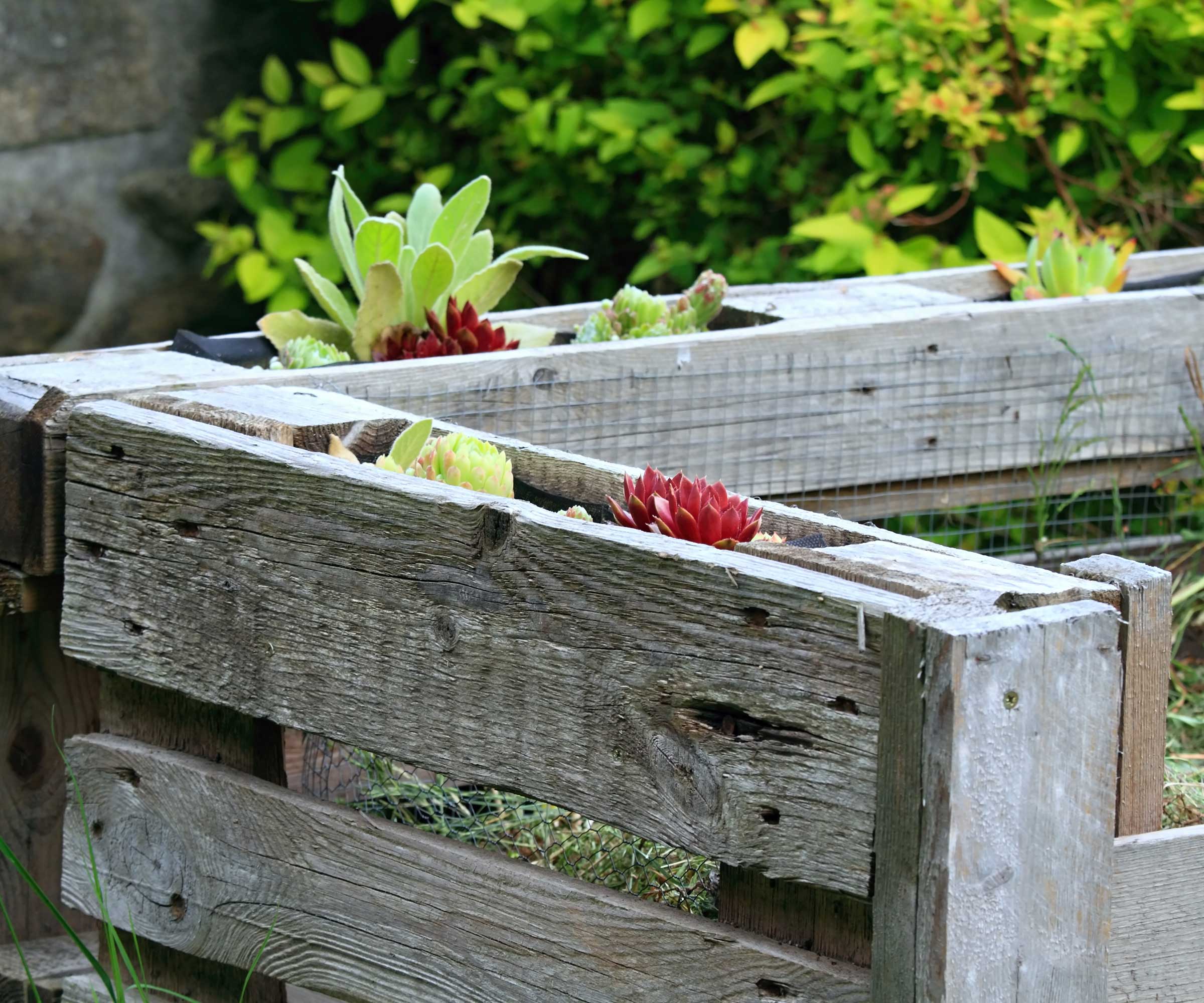
A few small touches can elevate your compost bin. For instance, Lynne recommends using decorative hardware, such as hinges and handles, instead of crude nails. This antique-style metal handle from Amazon, for example, could be attached to a wooden lid.
Lynne also suggests using signage around your composter, like a handwritten chalkboard, or a wooden or metal plaque. Not only will this show the space has purpose, but it can also be useful for labelling different bays, or to simply add a sense of playfulness depending on what it says.
If you're dressing up a compost area made from pallets, another idea is to turn the top edges into planters for a bit of extra color and life. Simply secure burlap (available from Amazon) inside each one, then fill with potting soil and plants.
5. Screen it out of sight
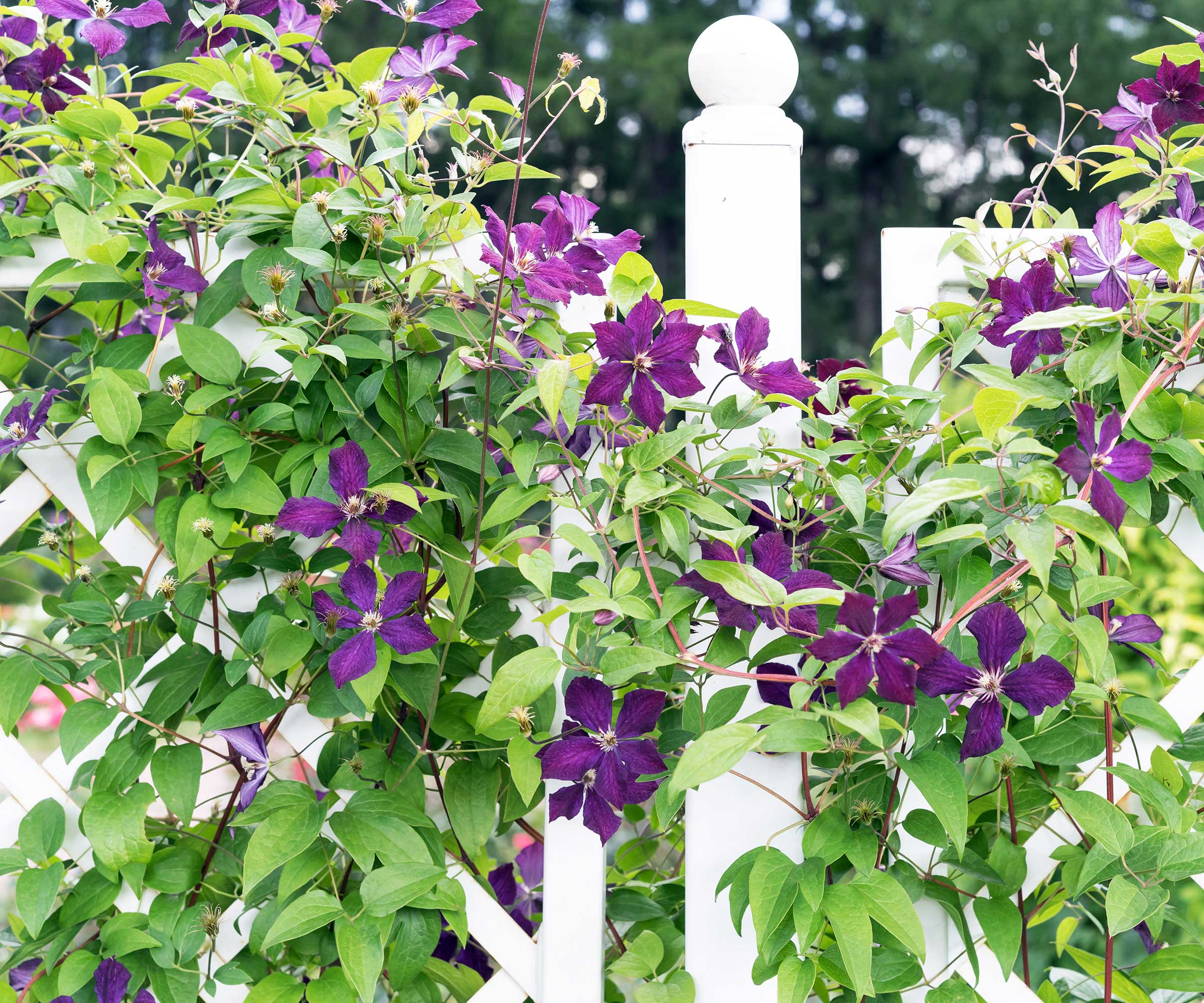
Sometimes the best option is to hide your compost bin from view, and there are various ways to do this.
Chris Bonnett, founder of the UK-based online garden centre GardeningExpress, says, 'If you already own a traditional compost bin, you can disguise it by cleverly planting around it so it becomes integrated into the garden. Think tall ornamental grasses, bamboo, and evergreen shrubs. These will create a natural screen for your compost bin.'
You could use a few large planters nearby if you can't plant directly into the ground, or use a planter box with a trellis attached (available from Amazon), adorned with a clematis or other climbing vine.
Alternatively, garden fences or stylish garden screens, such as woven or laser-cut metal designs, could be installed to hide your composting space from the main area of your yard.
FAQs
How can I draw attention away from my compost bin?
'A common trick used by gardeners to distract from an unattractive area of the garden is to create a focal point elsewhere,' says Chris. 'Focal points such as water features, fire pits, pergolas, and trees will naturally draw the attention of the eye, taking the focus off the area where your compost bin sits.'
How can I stop my compost bin from smelling bad?
It's not just the appearance of your compost bin you may want to improve, but also its smell. This is especially the case if you're working with a small yard – a bad odor can spoil the ambience when relaxing or dining on a patio nearby.
The good news is, there are ways to prevent stinky compost, which generally boil down to avoiding some composting mistakes. Add the right things, in the right way, and you should be able to keep undesirable odors to a minimum.
'Composting is one of the most essential things we can do in a garden to garden sustainably, so making sure that we integrate this into our garden design is important,' says Lynne. 'A compost heap should not be an afterthought, but more of a priority within the design,' she adds. Hopefully, with the above tips on board, you'll be able to make yours look fabulous as well as being functional.
Shop more composting accessories
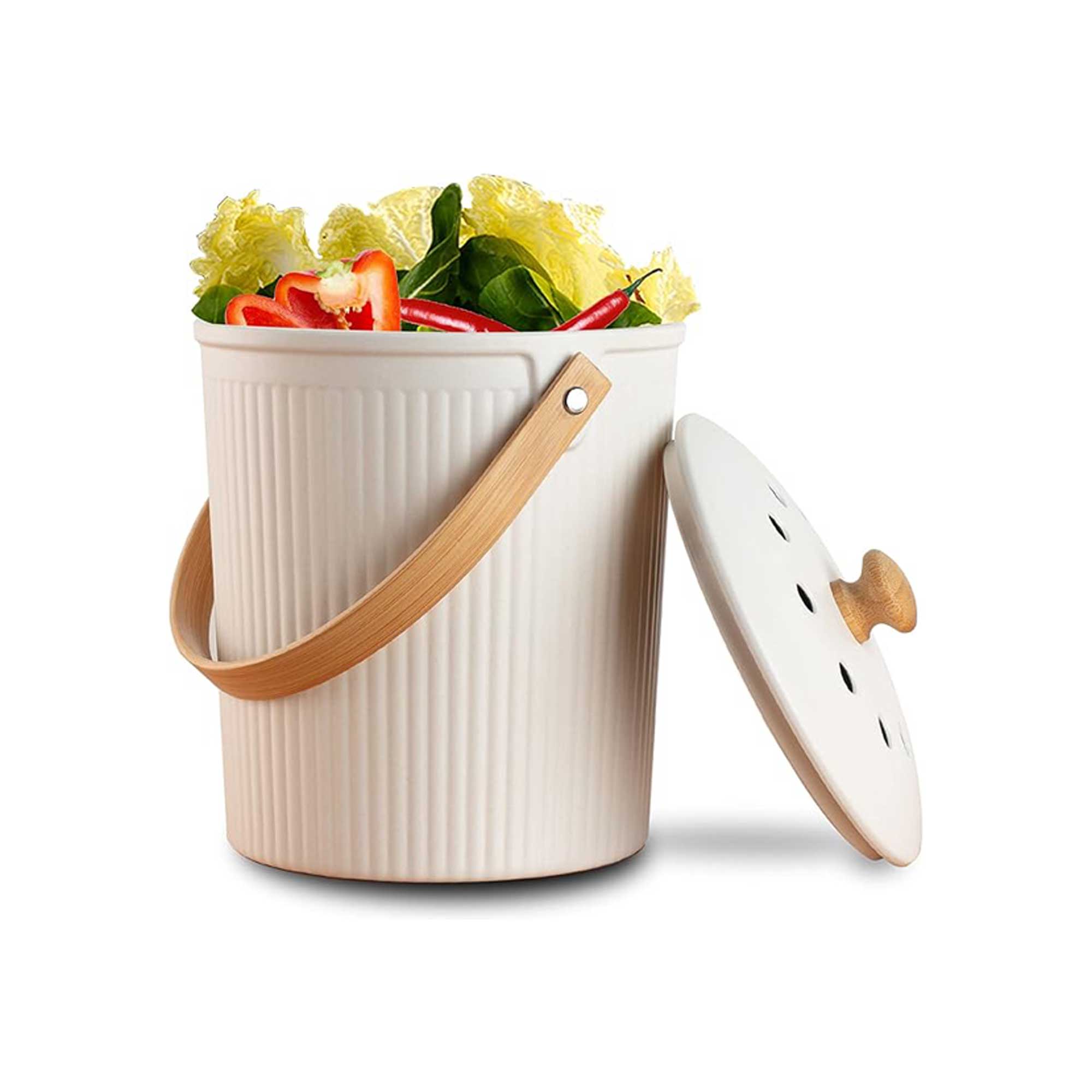
Collect kitchen scraps easily before transferring them to your outdoor bin with this stylish bucket made from bamboo fiber.
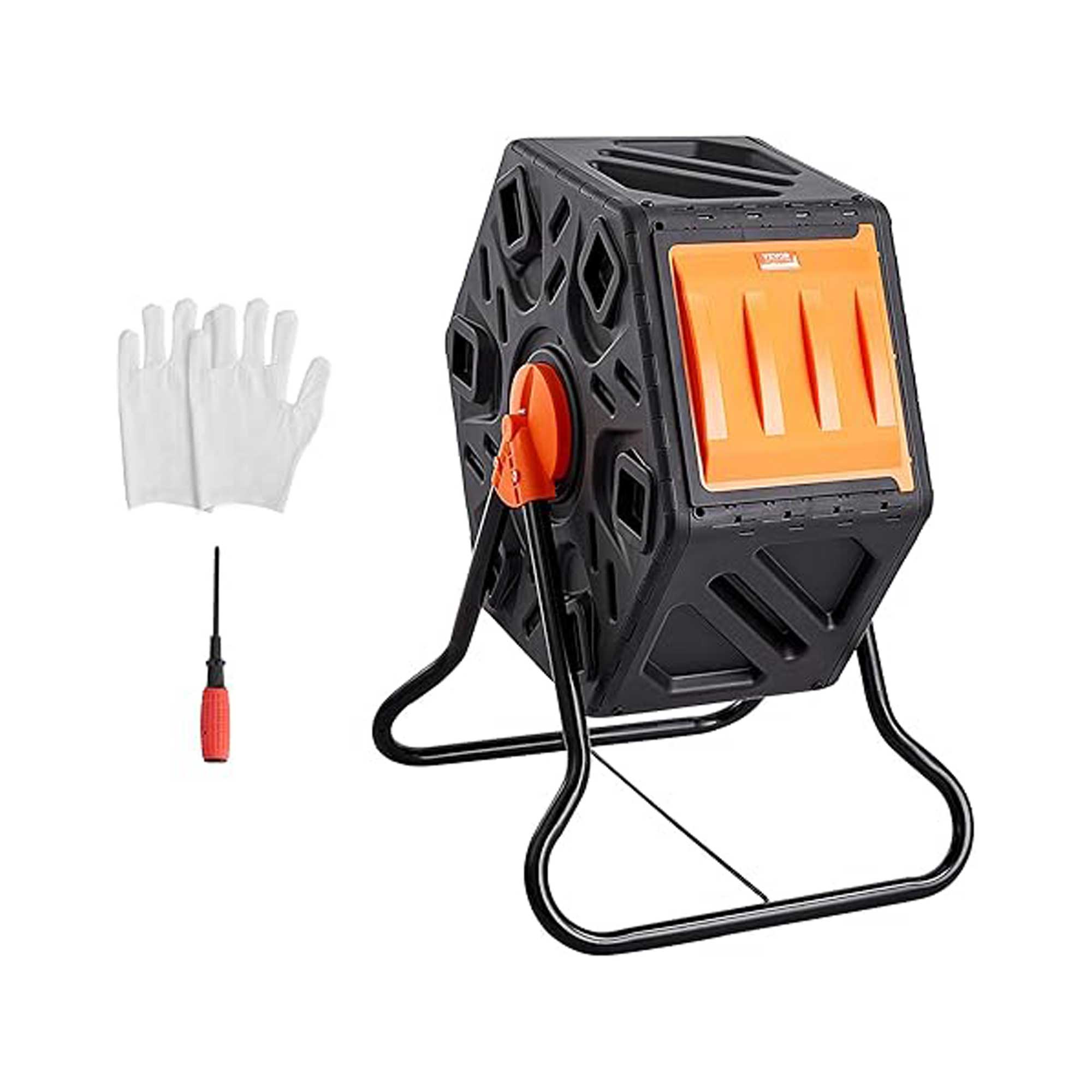
This 18.5-gallon, BPA-free, tumbling composter is ideal for small spaces and has good customer ratings.
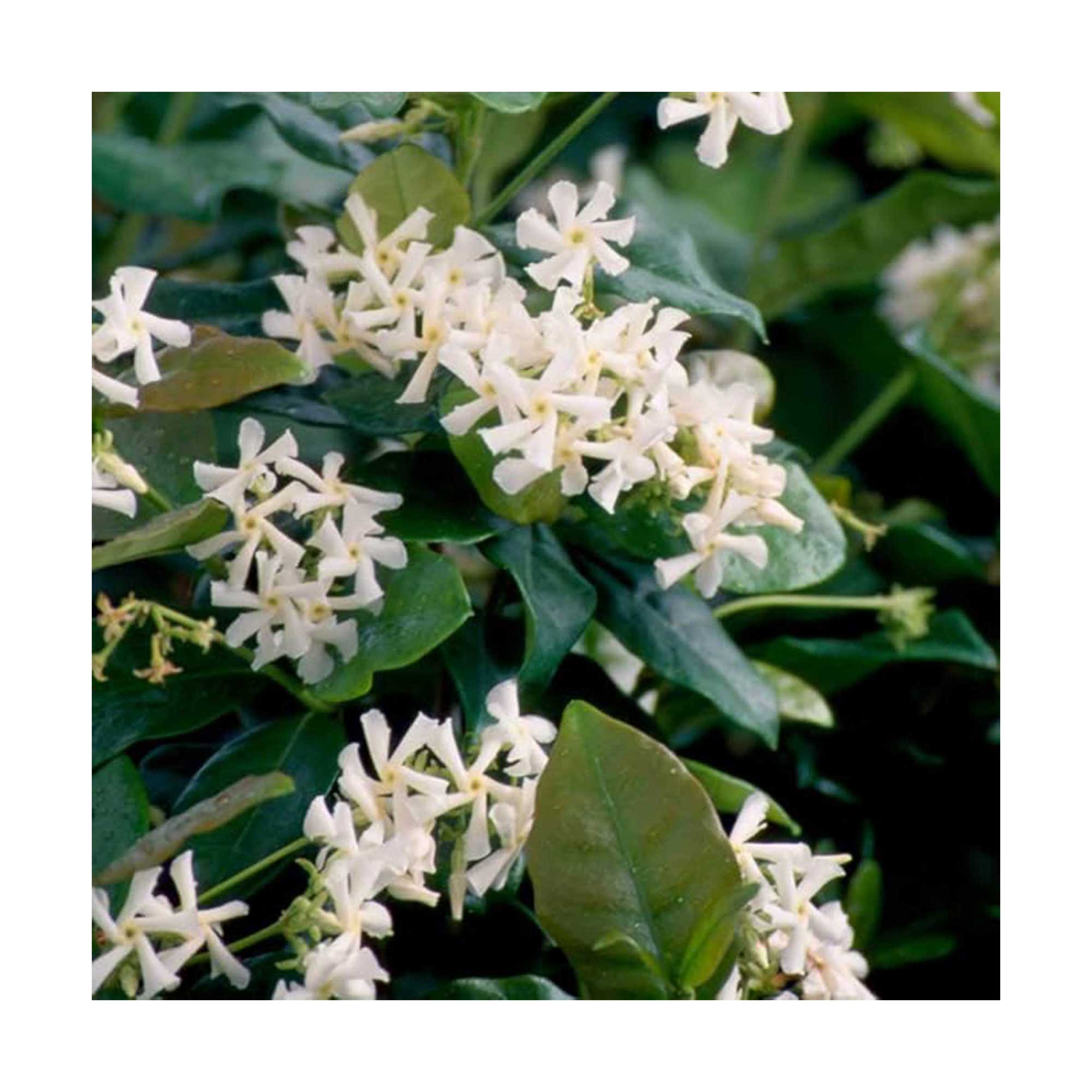
Plant star jasmine in a planter box with a trellis attached, and it will quickly create an evergreen (and fragrant) barrier between your composting and outdoor living spaces.

Holly started writing about gardening five years ago, and she is a regular contributor to Homes & Gardens. She has also written many gardening features for Woman & Home and Real Homes, too. She has previous experience as a professional gardener, where she helped to plant and maintain private gardens. Holly has also looked after allotment plots over the years and loves to grow her own flowers and veggies from seed. In her spare time, she enjoys visiting local gardens, botanical drawing, and tending to her ever-growing collection of houseplants.
You must confirm your public display name before commenting
Please logout and then login again, you will then be prompted to enter your display name.